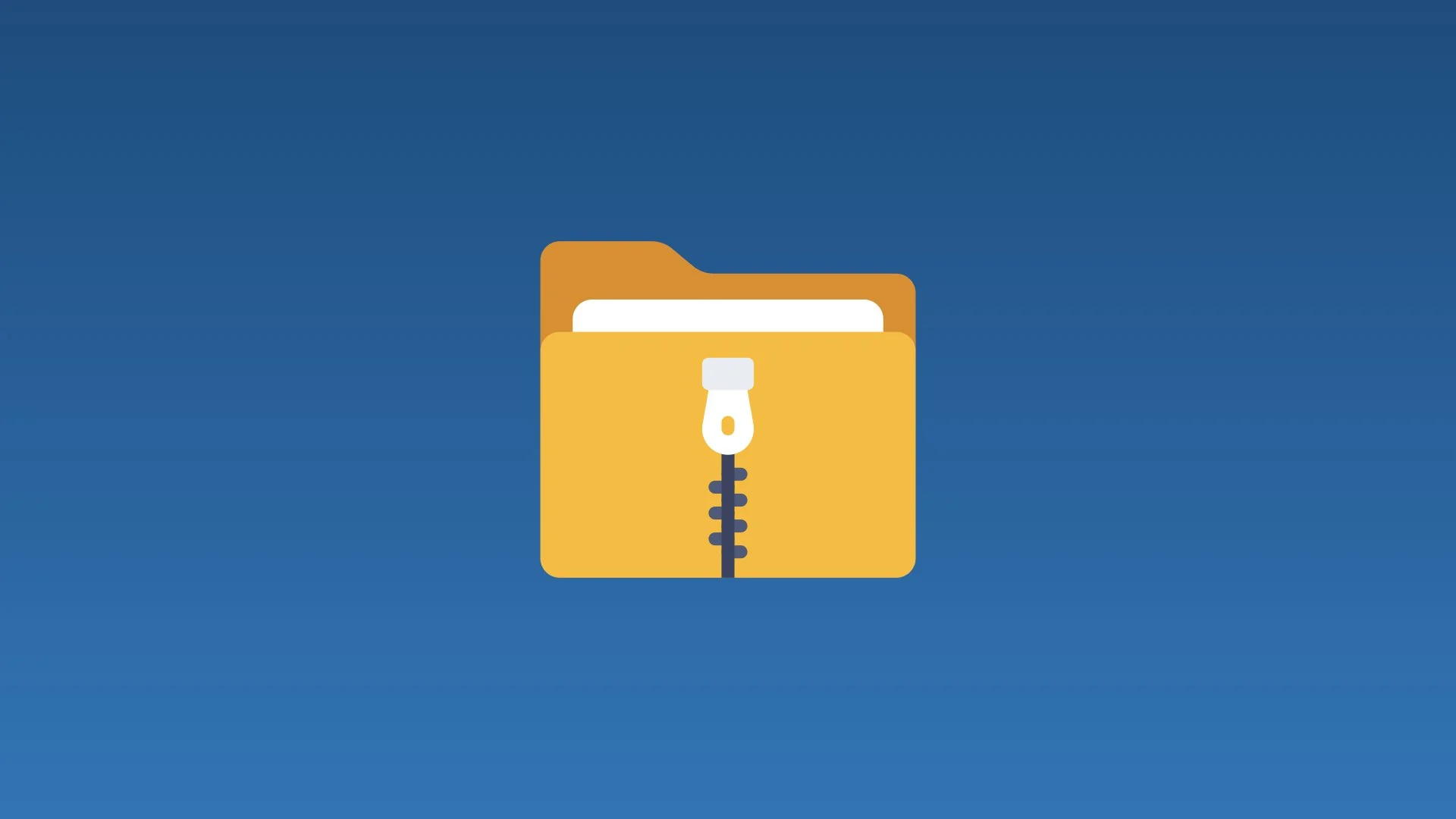Feb 20, 2023
Automate and Schedule Tasks on Linux With Cron

cron is a time-based task scheduler that allows developers and system administrators to automate the execution of commands and scripts at specific times or intervals, down to the minute.
Install cron
On Linux, cron can be installed using the apt command:
$ sudo apt install cron -y
And launched as a background job (i.e. daemon) using the service command:
$ sudo service cron start
The crontab file
The tasks managed by cron are listed in a file named a crontab, that has the following format:
m h dom mon dow command
Each line of this file represents a distinct cron task, which is composed of five fields representing the time to execute the command, followed by the shell command to execute.
The time fields can take the following values:
mis the minutes in the hour (0 - 59).his the hours of the day (0 - 23).domis the day of the month (1 - 31).monis the month of the year (1 - 12).dowis the day of the week (0 - 7), Sunday being both 0 and 7.
Or the * symbol, which translates to any possible values.
For example, the following cron task will perform a dump the MySQL stats database every Sunday at 10:00 AM:
0 10 * * 7 mysqldump --databases stats > /tmp/dump.sql
And this one, will execute the check.sh script every minute:
* * * * * /home/razvan/scripts/check.sh
Manage cron tasks
Create and edit cron tasks
To create or edit the crontab file, you can use the crontab command with the -e option flag, which will open the crontab file using the default text editor.
$ crontab -e
If you want to use a specific text editor instead, you can define it in the local EDITOR environment variable, right before the crontab command.
$ EDITOR=vim crontab -e
Once you’re done editing this file, you can save and close it, which will cause the cron job to automatically apply the changes you've made.
crontab: installing new crontab
List cron tasks
To display the content of the crontab file, you can use the crontab command with the -l option flag:
$ crontab -l
Cron tasks and user permissions
Each user on the system has their own crontab file, named after their username, which can be found in the /var/spool/cron/crontabs directory.
$ sudo ls -l /var/spool/cron/crontabs
-rw------- 1 razvan crontab 1213 Feb 8 14:44 razvan
The tasks listed in a user’s crontab file will be executed at the scheduled time using the system-wide permissions defined for that specific user.
To run tasks that require elevated privileges (i.e. root access) — such as updating packages with apt — you can use the sudo command in conjunction with the crontab command to edit the root crontab file:
$ sudo crontab -e
Environment variables
By default, cron tasks will run without a defined environment.
For example, if you want to execute the following task that requires the node binary:
0 10 * * * node ~/script.js
cron will not run this task as it won't know where to find that binary, due to the absence of the PATH variable in its execution environment.
You can therefore either use the absolute path of the node binary:
0 10 * * * /usr/bin/node ~/script.js
Which can be found using the which command:
$ which node
/usr/bin/node
Or define the PATH environment variable right before the command:
0 10 * * * PATH=/usr/bin node ~/script.js
It goes without saying that the same method applies to any other environment variable that might be required for the proper execution of your command.
